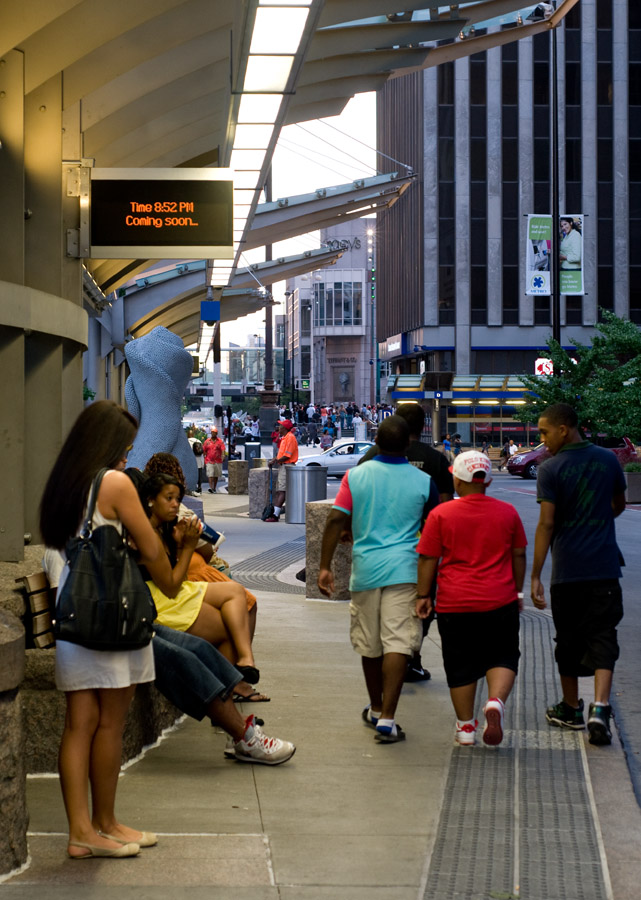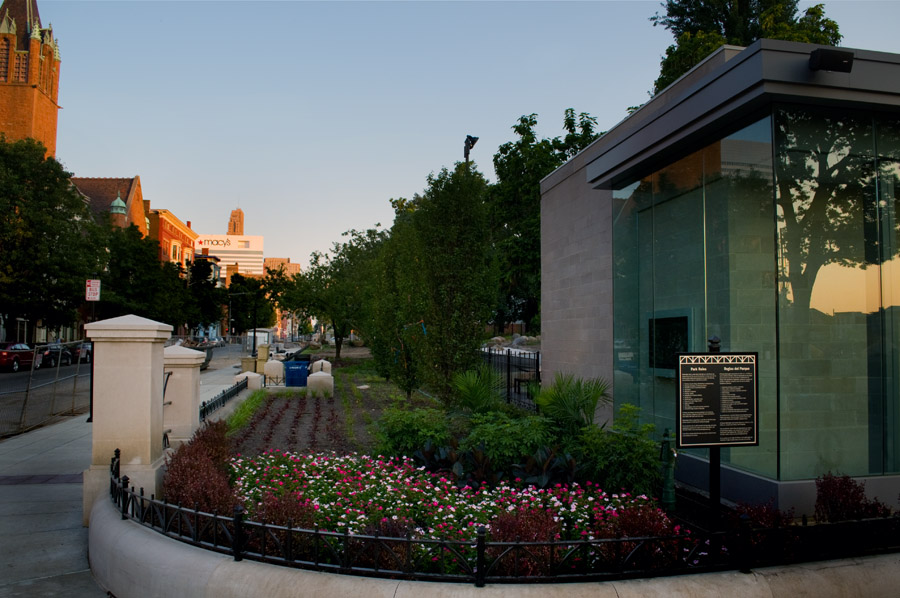
Metro will debut real-time arrival screens at its Government Square transit center on Friday. The announcement is part of a recent series of moves by the transit agency to modernize its operations.
Since 2010, Metro has implemented a new electronic fare payment system, GPS tracking, GoogleTransit interface, articulated buses, and a new westside commuter hub.
“We’re collecting more feedback from our riders with our Way To Go initiative,” explained Metro’s Public Affairs Manager, Jill Dunne. “We have already received close to 2,000 surveys online and in person at various events this summer, and these changes are adding the types of improvements that our riders want.”
The new real-time arrival screens at Government Square cost $11,200 each and will be positioned at each of the transit center’s eight shelters, with a master information board at the front of the Government Square booth at Fifth Street and Walnut Street.
According to Metro officials, bus departure times will appear on the boards 45 minutes before a bus is scheduled to depart from Government Square. The boards will then begin a real-time countdown once the bus is within 20 minutes of its scheduled departure time.
The real-time arrival upgrades were made possible thanks to an $8.2 million American Recovery & Reinvestment Act (ARRA) grant that funded Metro’s computer-aided dispatch and automatic vehicle location (CAD/AVL) technology in 2011, in addition to the new video boards.
The implementation of the real-time arrival boards at Government Square is just the beginning. Metro officials say that they will soon install the same technology at the new Glenway Crossing Transit Center and the Uptown Transit Hub which is scheduled to begin construction later this year.
In addition to the physical upgrades, transit officials say they plan to leverage the GPS tracking data to add real-time arrival information to its website, and debut a smartphone application within the next year.
The system updates do not, however, include open-source GPS data which is increasingly being more closely studied throughout the United States. Dunne says that Metro is working with their data vendor, and is working on developing these types of interfaces in 2013 through Google Transit Real Time Feed.
Real-time arrival board photograph by Jake Mecklenborg for UrbanCincy.



